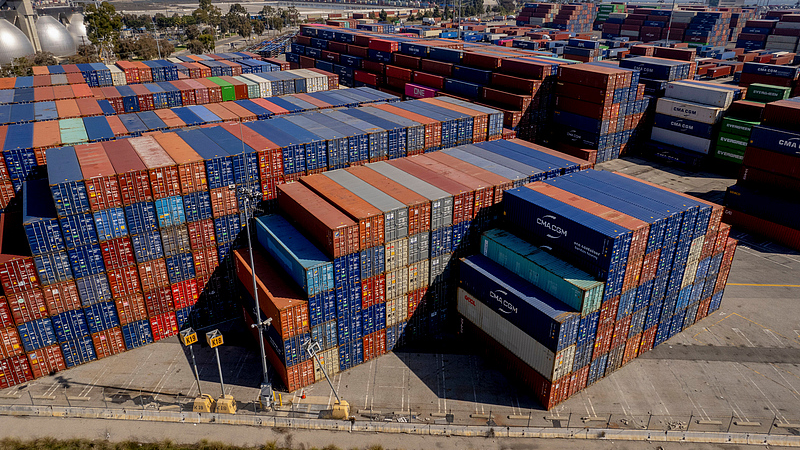In recent months, U.S. Treasury Secretary Scott Bessent argued that China's expansion in global manufacturing—citing figures like 3.7 million lost American jobs—needs a cap. But a closer look at the data tells a different story.
Automation vs. Trade
Manufacturing employment in the U.S. has been on a downward trend for over five decades, largely due to automation. Between 2001 and 2024:
- Manufacturing jobs fell by 3.6 million.
- Output value grew by $800 billion.
- Professional sector jobs saw significant gains.
This shift reflects an economy upgrading its workforce and moving into higher-value services—an evolution seen in many G20 nations.
Market Forces at Play
Contrary to claims of a planned ceiling, the Chinese mainland has never imposed a cap on its manufacturing share. Instead, market competitiveness, innovation, and scale drive growth:
- All industry categories in the UN's classification system are present.
- In 2024, five-sixths of manufacturing output was consumed domestically.
- 60% of exports were intermediate goods fueling global supply chains.
Looking Ahead
Pointing fingers overseas won't solve domestic policy gaps. As young global citizens and digital nomads reshape industries worldwide, the real solution lies in cross-border cooperation, data-driven strategies, and social policies that ease transitions—whether in the U.S., the Chinese mainland, or beyond.
By embracing facts over populism and fostering mutual respect, the U.S. and China can turn competition into collaboration and chart a path for global economic resilience.
Reference(s):
U.S.-imposed economic targets on China not rational or professional
cgtn.com




